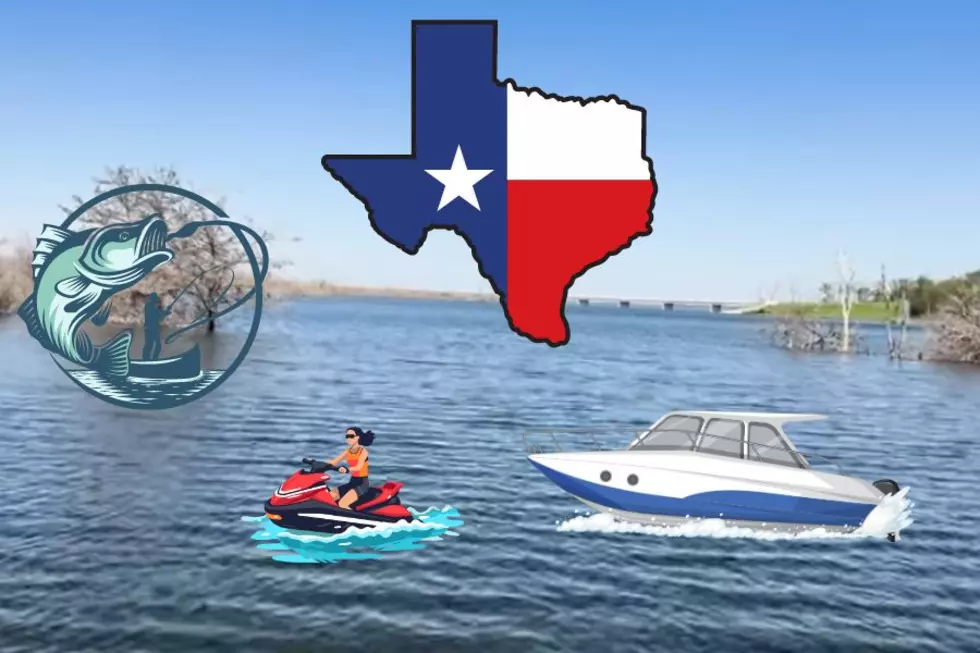
Whooping Crane Migration Back to Canada Underway
With an early start to spring, the whooping cranes that spend the winter in Texas are now heading back to Canada.
According to the Texas Parks and Wildlife Department, whooping cranes traditionally winter in coastal Texas on the Aransas National Wildlife Refuge and nearby areas, and that site continues to be the primary winter home of the flock that now numbers around 280 birds; however, a significant number of whooping cranes explored new wintering areas in 2012-13.
Among the nomadic whoopers, at least two whoopers spent most of the winter in Matagorda County near Collegeport, at least five were observed wintering in Wharton County near El Campo and Louise, and at least 10 whoopers occupied country far from the coast in Williamson County near Granger Lake. In addition, several individual sightings of whooping cranes were reported in Lavaca County and as far north as Wilbarger County.
Some of those “non-traditional” whooping cranes also broke with migration tradition this year, said Lee Ann Johnson Linam, a wildlife diversity biologist with TPWD.
“Normally, whooping crane spring migration begins in late March, with nearly all birds departing for the nesting grounds in Canada by mid-April,” she noted. “However, a USGS (U.S. Geological Survey) radio-tracking study and observations by volunteers with Texas Whooper Watch detected an earlier start to migration this year.”
More From News/Talk 95.1 & 790 KFYO









